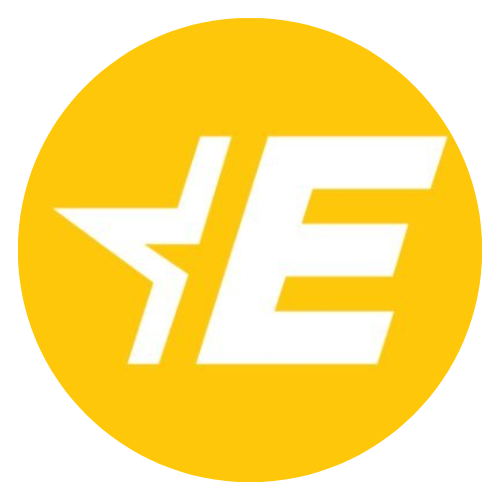Why the Tachograph 2.0 matters
Since August 2023, the EU has been rolling out the new Smart Tachograph 2.0 as part of the Mobility Package 1. Its goal? To balance three priorities: protecting drivers’ rights, ensuring fair competition in the single market, and boosting road safety.
The device goes far beyond just recording driving hours. It automatically registers border crossings, loading and unloading operations, updates its software remotely, and has stronger protections against tampering. It can even connect to remote control systems, allowing authorities to check trucks without stopping them.
In theory, this should make enforcement smoother and more equal across the EU. But will it really fix the gaps between countries with strong control systems and those with weaker ones?
